GST regime to be media & entertainment friendly: Special secretary, Revenue
Updated: Oct 21, 2015 01:21:13pm
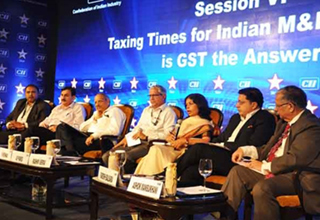
“…multiplicity of tax will go in one stroke. Entertainment, services and goods tax both at the Centre and states will be built into one making compliance hassle free,” she said at the CII Big Picture Summit here on Tuesday.
However, she added that entertainment tax levied by local bodies like panchayat and municipalities of various states would remain the same since that is a major source of income to the local bodies.
But the share of such taxes to the total tax collected would be insignificant. Close to 99 per cent of the taxes levied under the centre and state dispensations would be merged with GST, she said.
Responding to a point made by a panellist that the proposed GST would complicate the process of levying taxes on M&E segments like advertisements, where there would be multiple claimants for tax proceeds depending on place of origin of advertisement and where it is displayed, Verma said that such details were collated to decide the apportioning ratio of the proceeds of the tax among the Centre and states.
Referring to the one per cent additional tax which would be levied during the transitional period of GST for two years, she said that tax was mainly on the manufacturing sector and the services would be kept out of it. She also clarified that all industries would be eligible to take credit under GST to set off against other tax liabilities.
The special secretary assured the trade and industry would be consulted before any decisions were taken.
A model legislation will be put in public domain by the 3rd week of November this year and regional workshops would be held at important cities to elicit the views of the industry associations at the apex and state levels. The dialogue process would be continuous and the GST Council to be constituted will take stock of the suggestions from time to time, she said.
Verma said that there would not be any concessions or incentives under the GST regime. However, she said that the states which are wanting to continue with the fiscal concessions for specified sectors could do so setting apart resources from their own kitty. She also said that there is no final decision being taken on GST rate; but hinted that slabs under GST would be minimal - one low and the other high and in between a standard slab- to keep the cascading effect to the minimal and easy to comply.
Member, Service Tax, Ministry of Finance, Mr V Krishnan said that the three pillars of GST would be rate, technology and legislation.
Regarding rate, he said that National Institute of Public Finance and Policy (NIPFP) has been looking into the possible rate structure which could keep cascading effect to the minimal.
On technology, Infosys was entrusted with the task of creating a world class portal to provide for an IT platform for the implementation of the GST.
On legislation, he assured that industry would be consulted at every stage to bring to the fore their views, concerns and suggestions to be incorporated in the GST framework. (KNN Bureau)

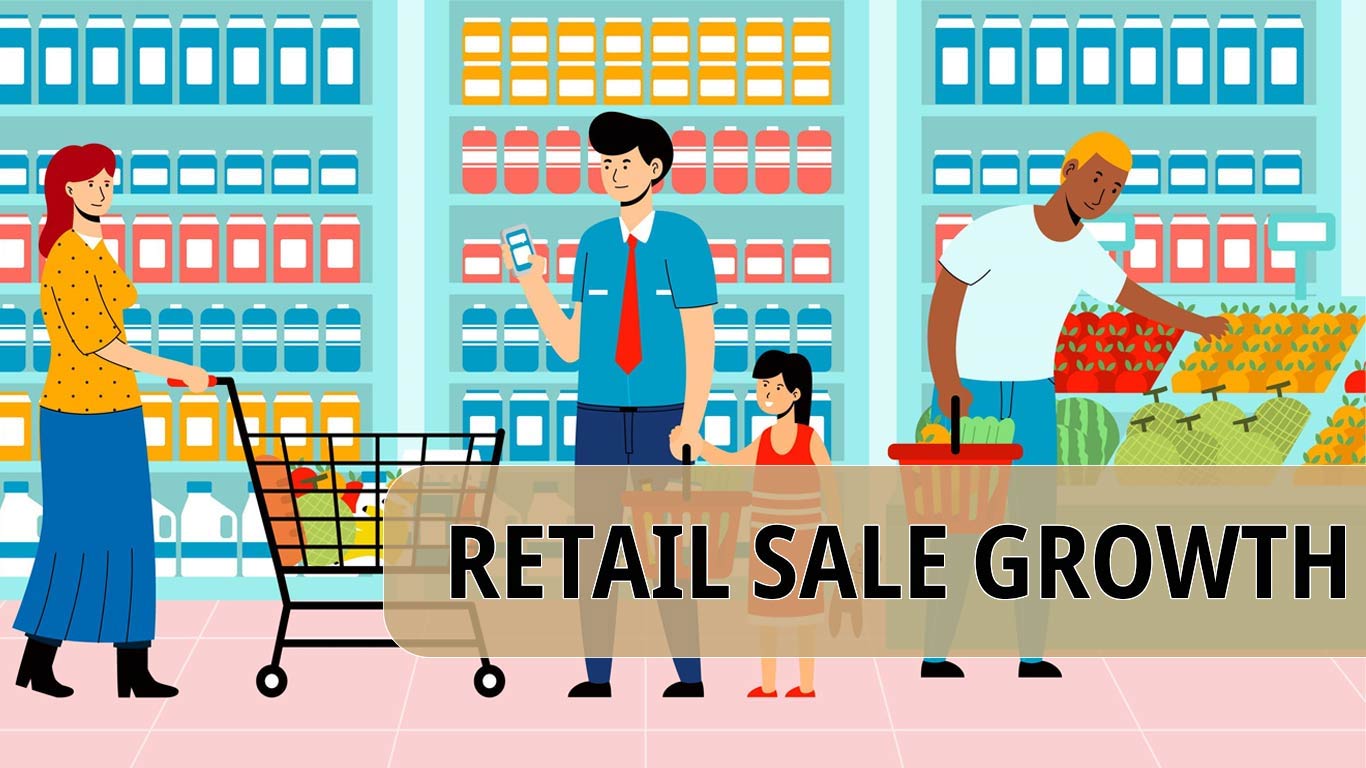
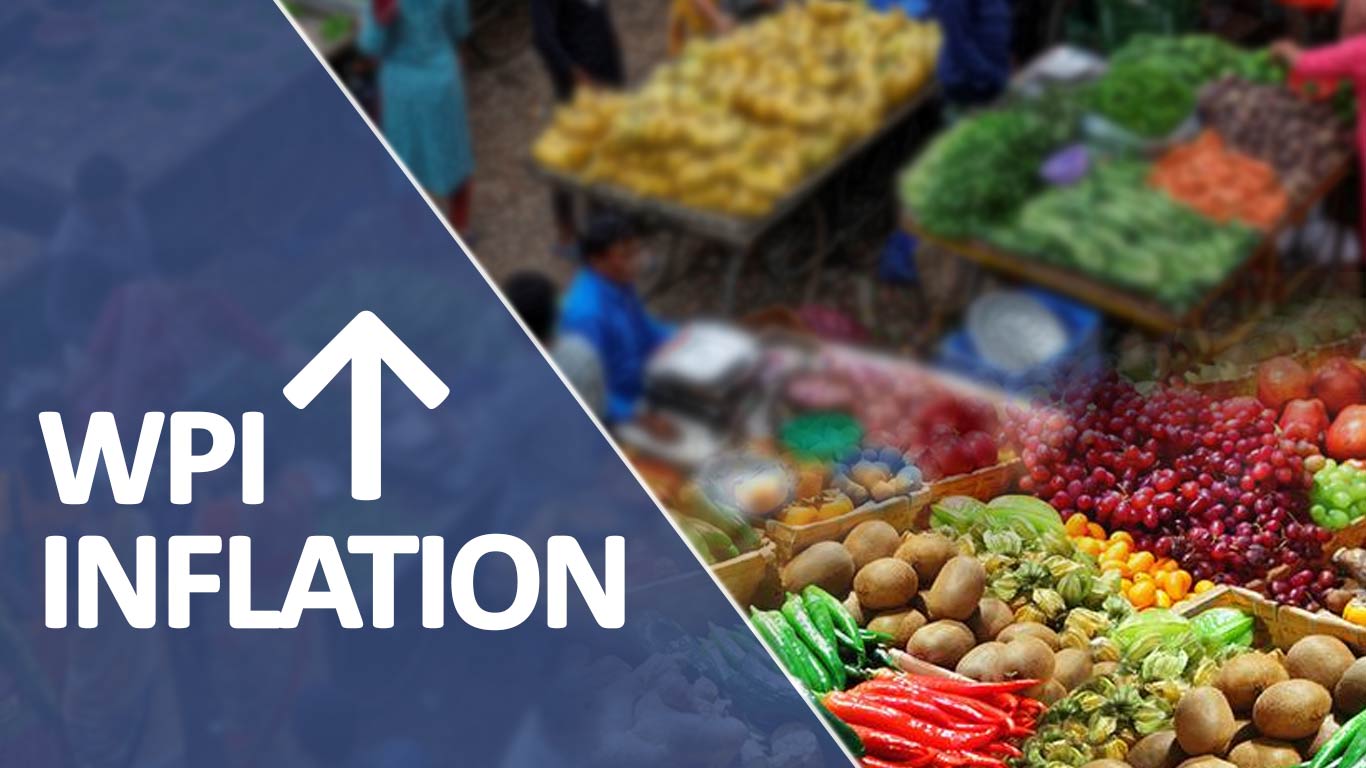
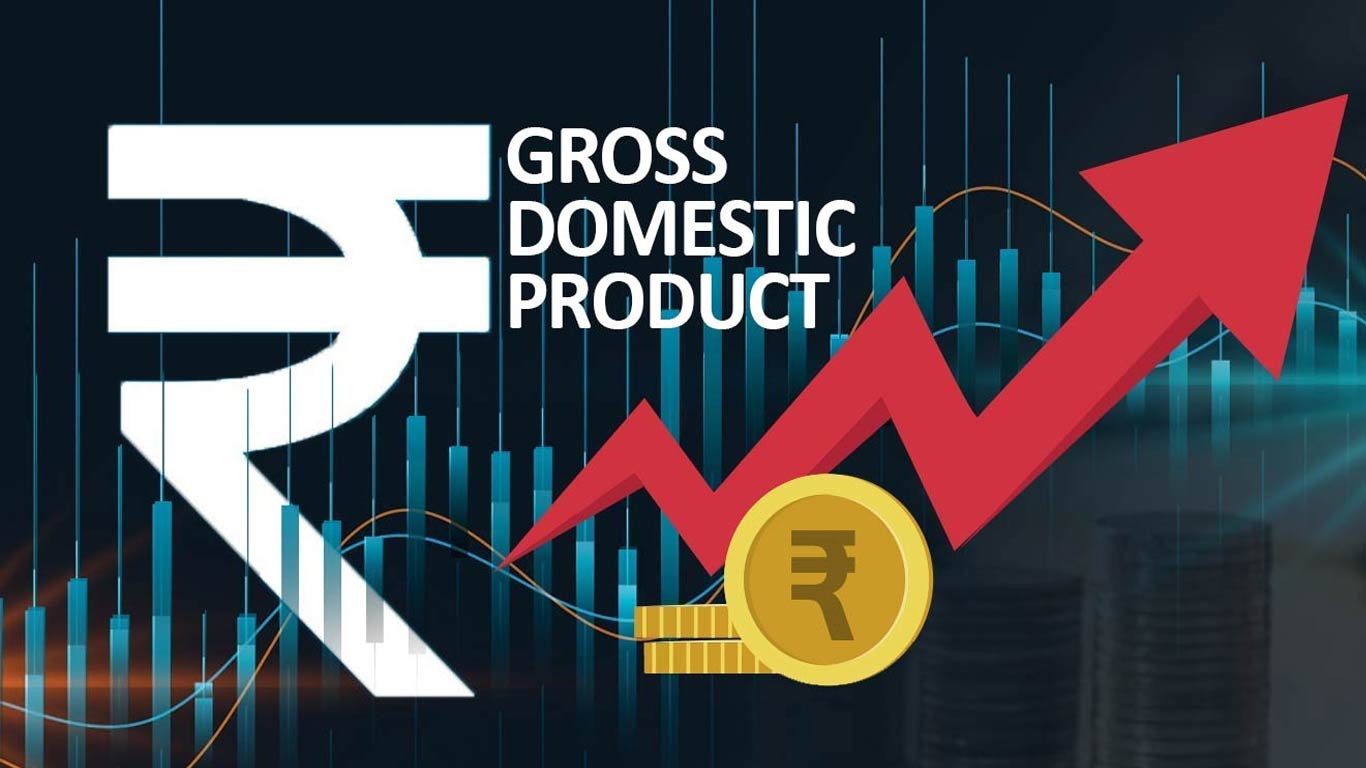
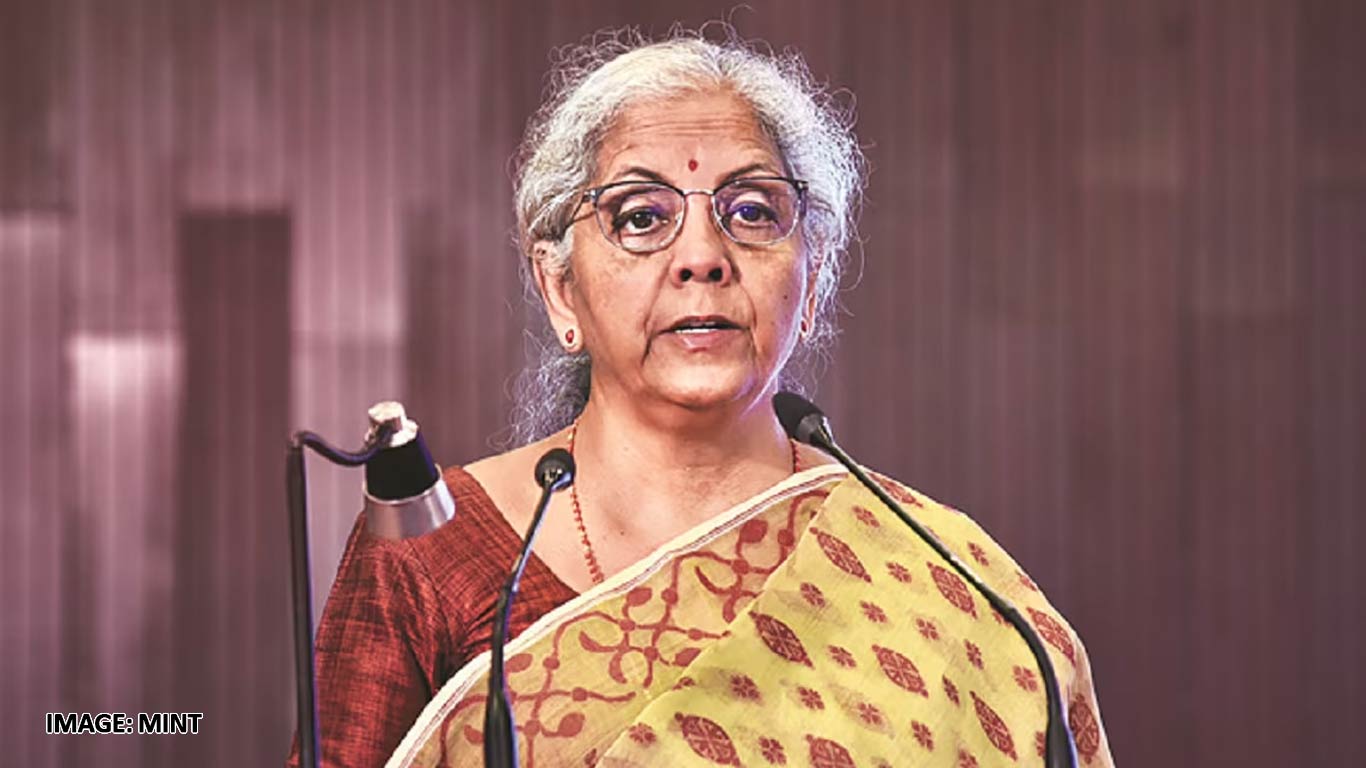
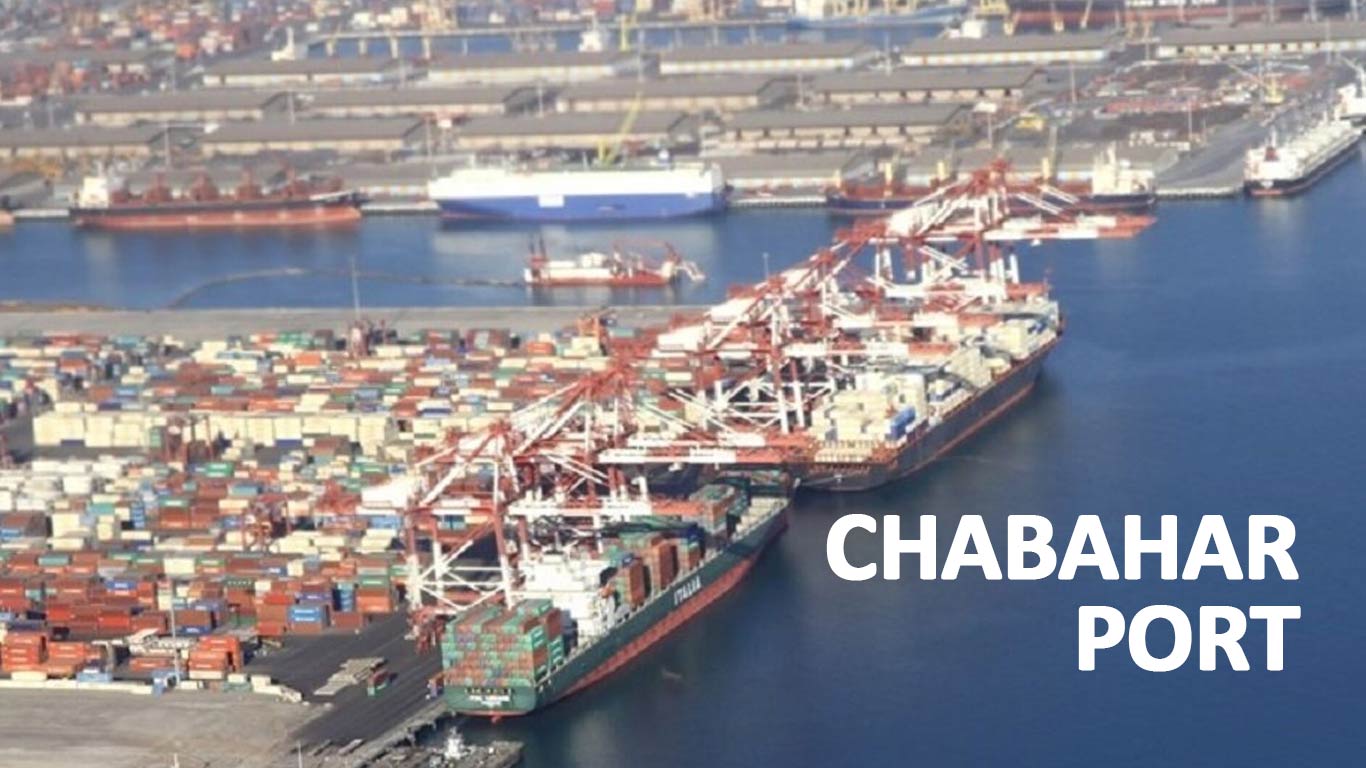





